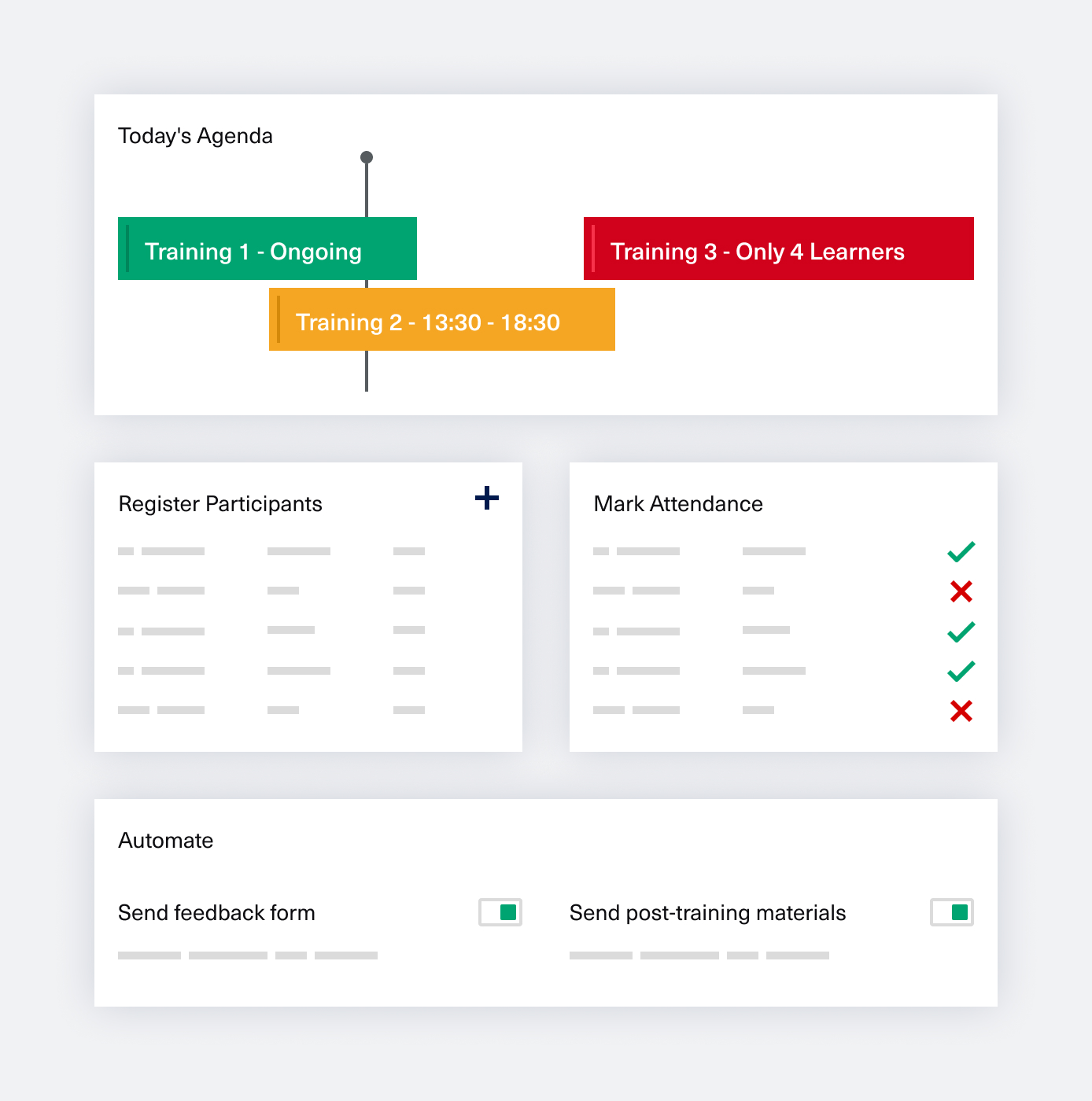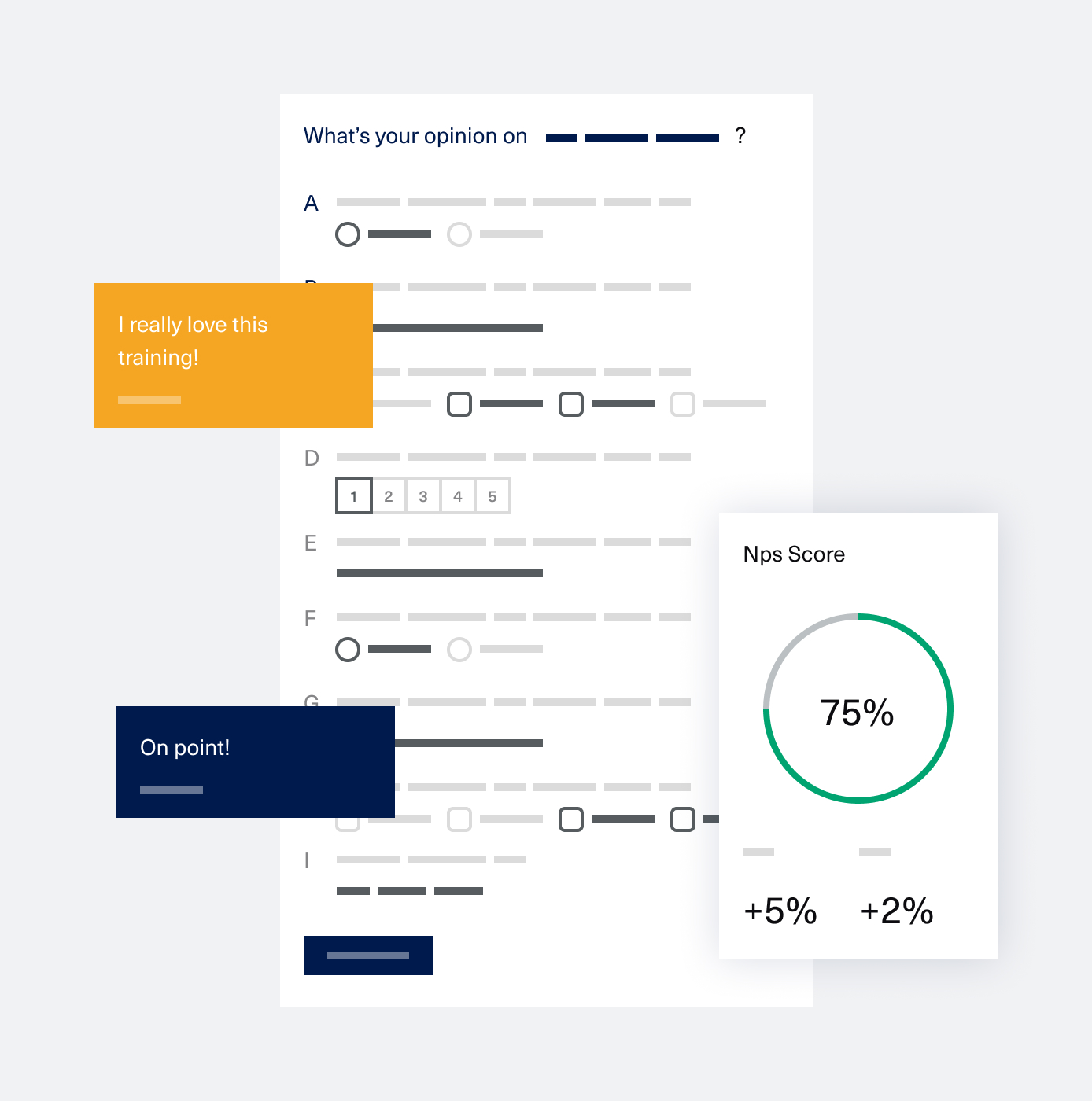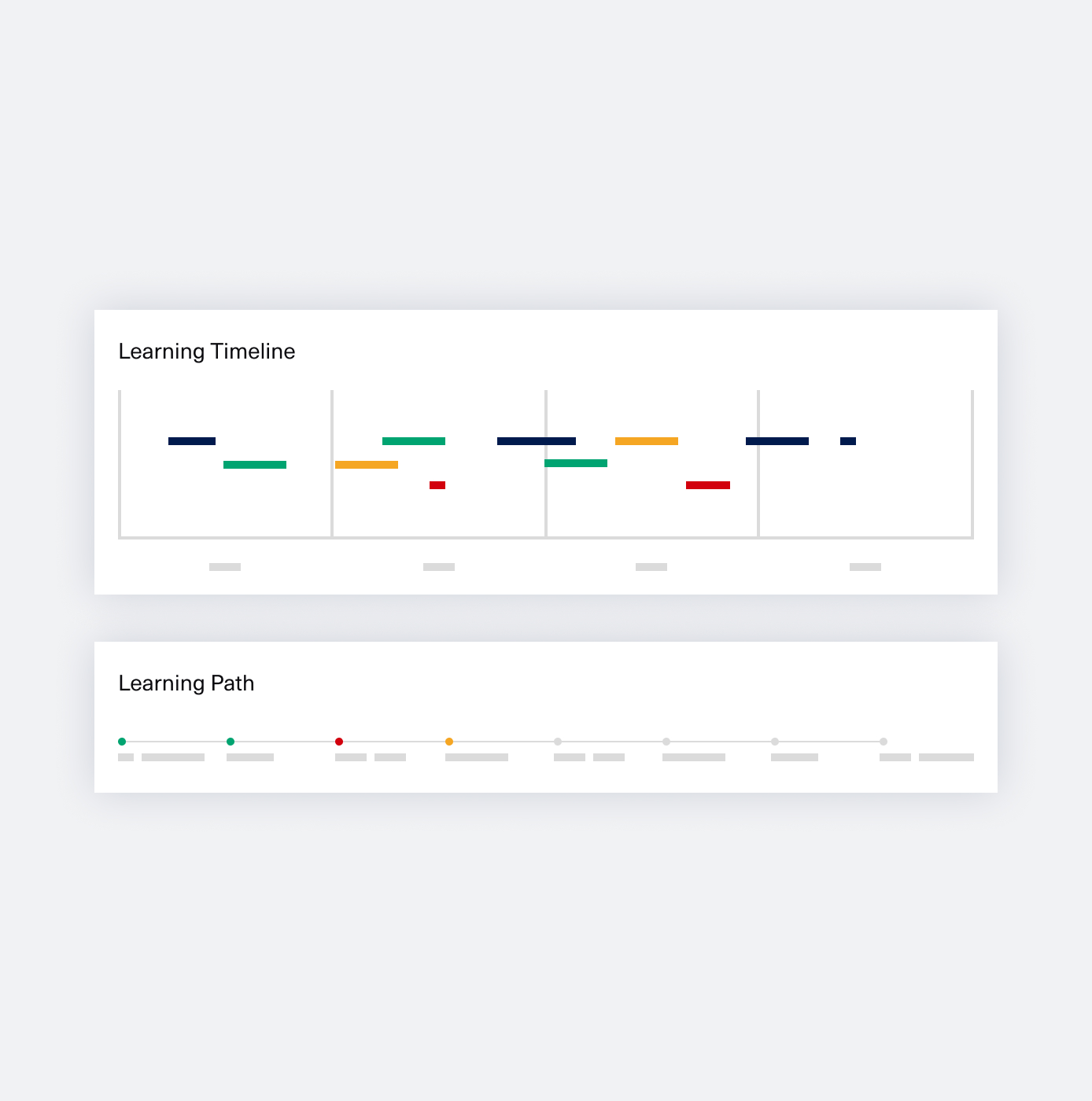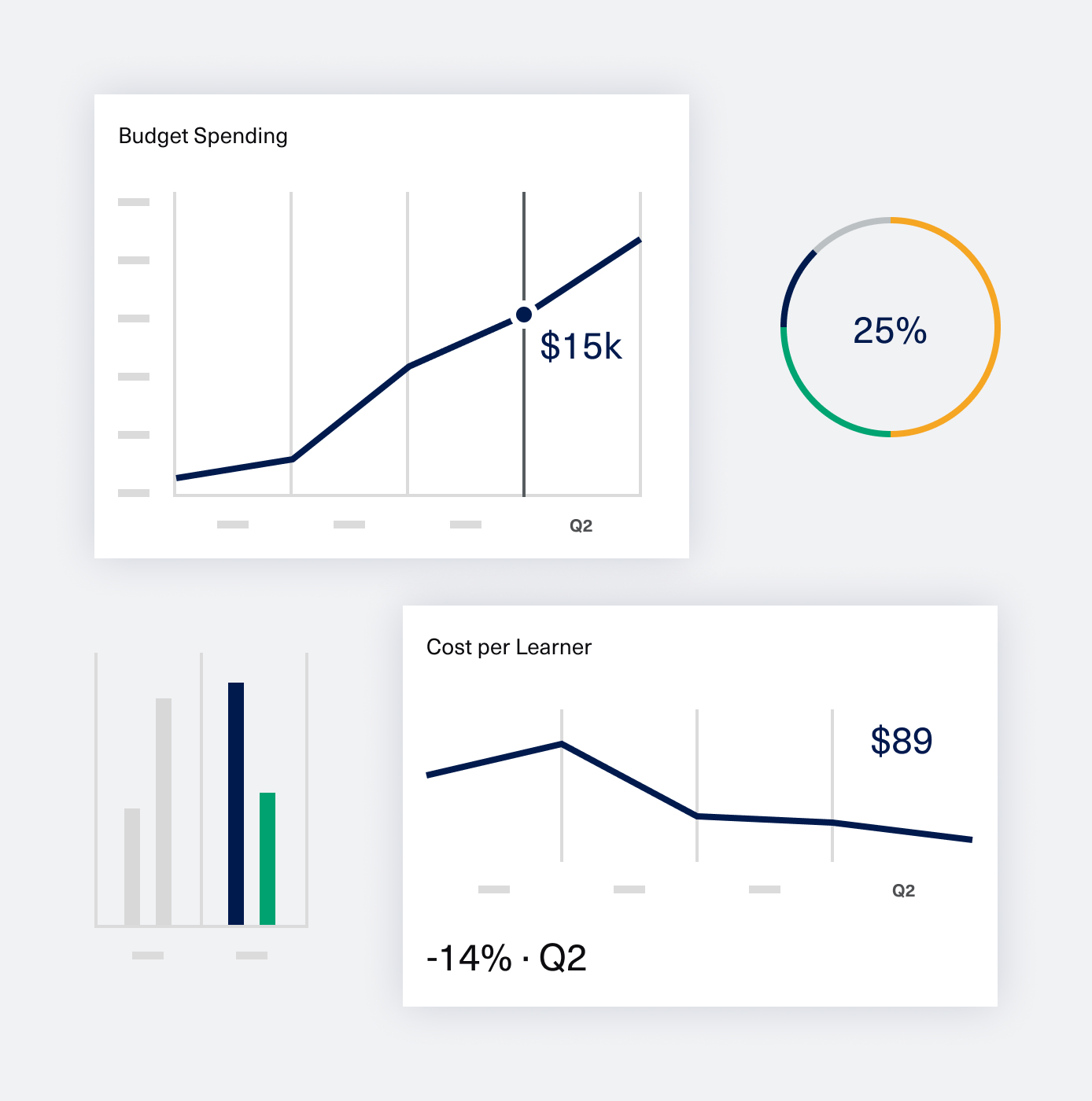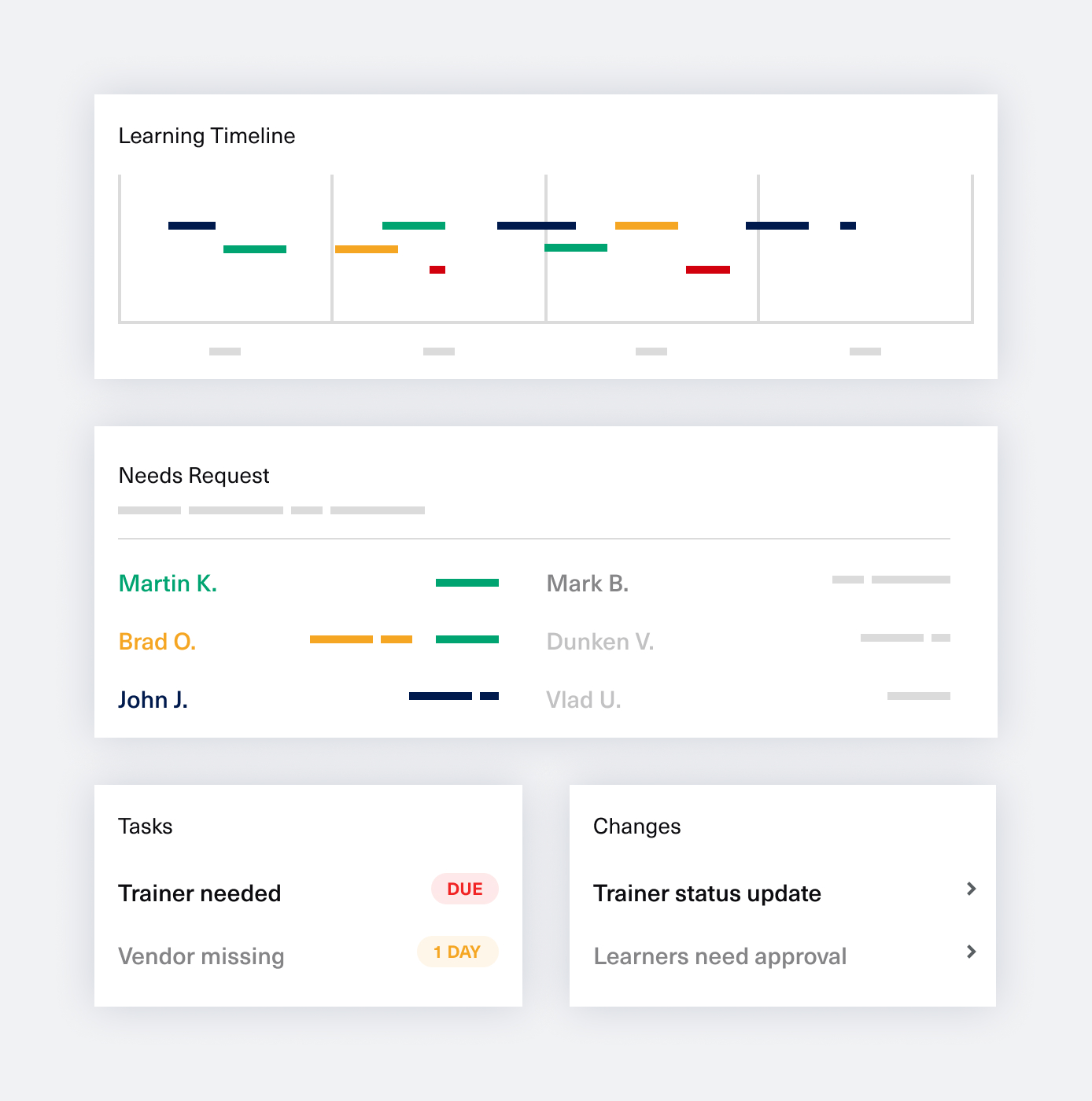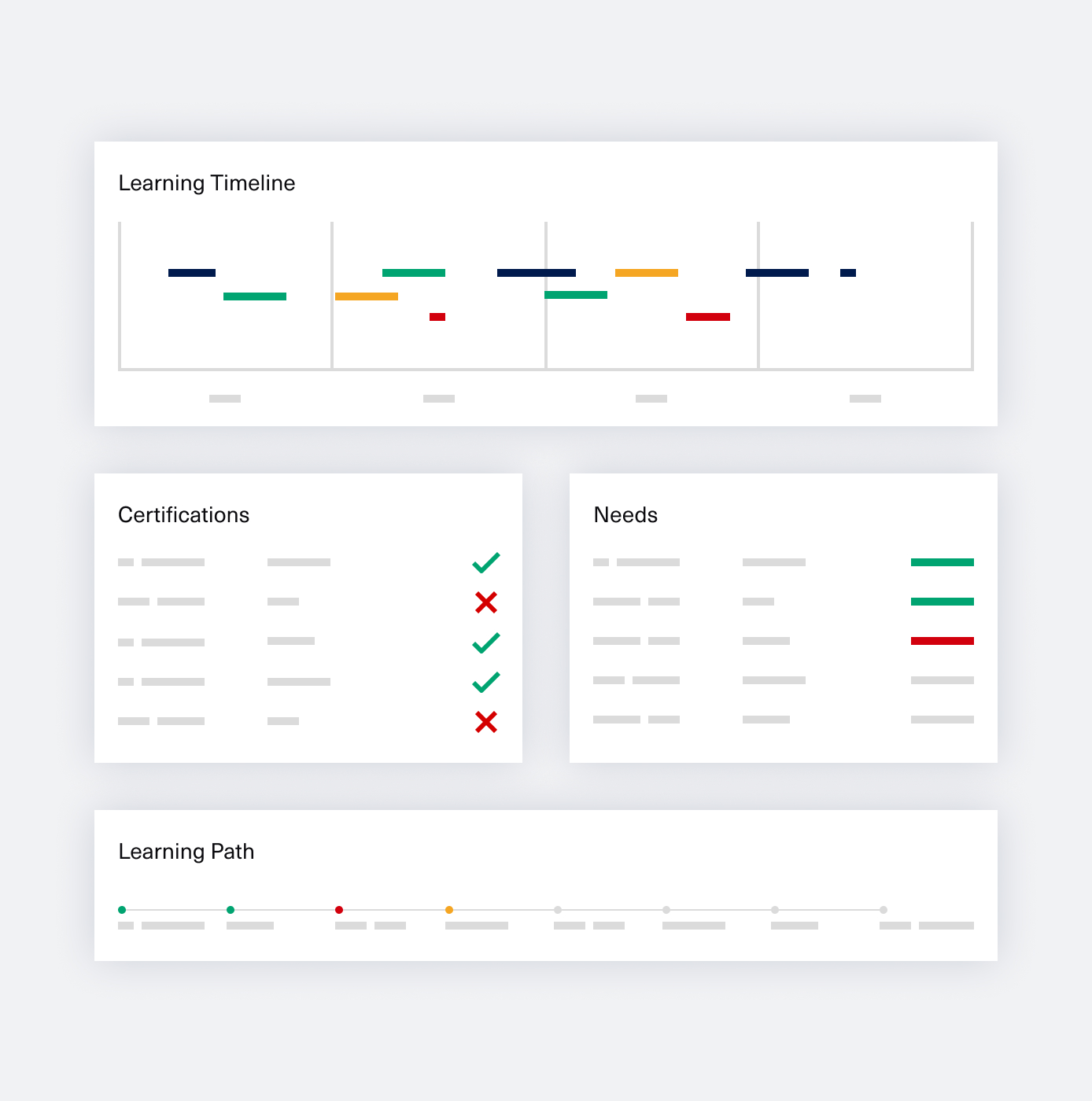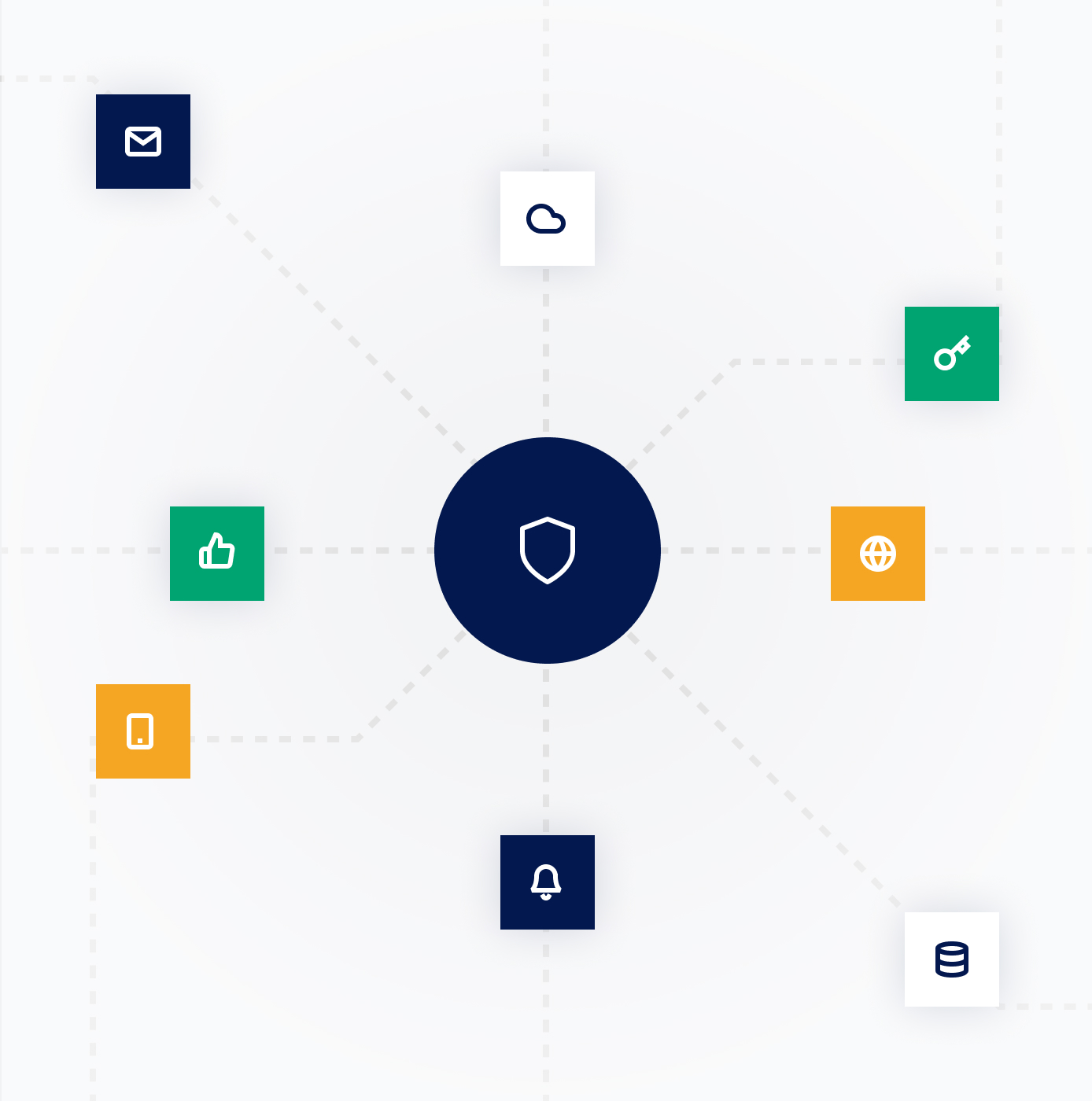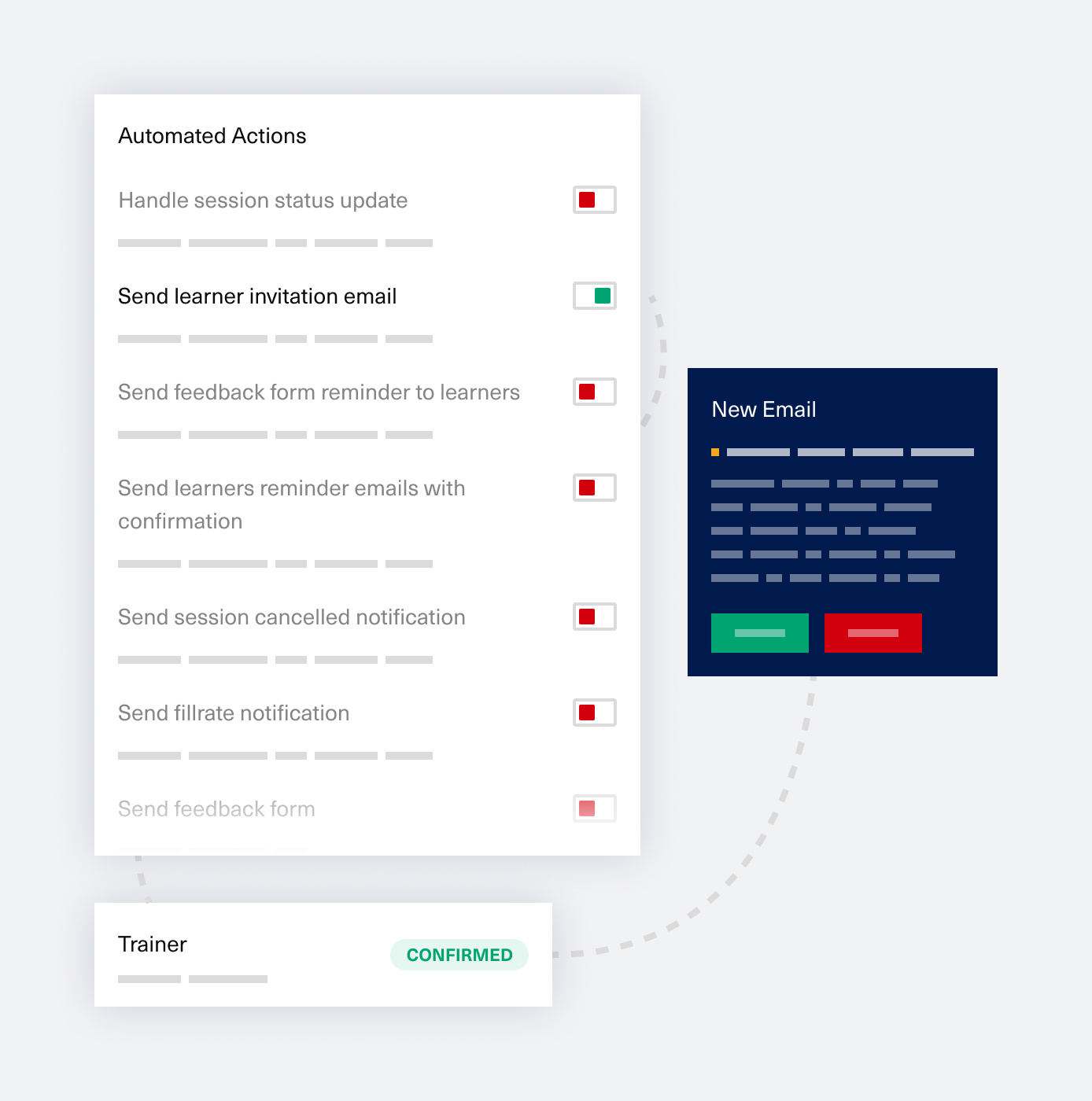Highlights:
* Most work contexts are well served by teams with a balanced skillset due to the company’s mission, which is often ambiguously defined: grow the business, create new products.
* The likeliness to have at least some team members that can deal with this level of ambiguity is very high in a team with multiple types of personalities and skillsets.
* Regardless of team composition, the most crucial goal is to reach a level of maturity that allows everybody’s skillset to shine in the right moment.
* This requires effective communication and a healthy dose of constructive conflict.
* But skill balance in a team isn’t always the goal: there are situations when you need a spike in a particular skillset to resolve more complex challenges, crises, critical problems.
* It’s essential for leaders to invest energy early on to help teams reach that level of compatibility and effectiveness that makes them perform.
* If something isn’t broken, you don’t fix it – this is applicable in most high-performing team situations, even if there is no skill balance. This stable approach is helpful in the short or mid-term to maintain the same level of productivity and predictability of results.
* In the long-term, however, it helps stir the pot and create off-balance teams with a broader context in focus. They might bring the proper insight and ability to observe significant changes that could impact the company (market changes, new technologies, new competing products).
* Leaders can prevent business plateaus and consistently push for progress in day-to-day work by making small changes. Teams can try out new technologies, approaches, tools without exposing their project or the company to significant risks while still taking on something new.
* Incremental changes are the most effective way to de-risk innovation.
* A diversity of opinions, personalities, and skillsets is what leaders should look for when shaping teams. The task of navigating these and facilitating effective communication falls on the shoulders of the leader. The leader’s goal should be to foster constructive disagreement and reach a state of “the total is greater than the sum of the parts”.
* Conflict is information, and, in a team with a high level of maturity, disagreement is welcomed as an excellent method to reach the optimal solution for the task at hand.
* Leaders shouldn’t enter difficult conversations with their minds already made about what the solution to the problem is. They must listen to the team and enter the situation with a problem-focused approach instead of a solution-focused one.
* The immediate leader is the first person employees will look to when difficult situations arise; the leader must display the values that the company stands for and act accordingly.
Traits of excellent leadership:
– caring
– lifelong learner, deliberate learner
– entrepreneurial
– welcomes diversity of opinions
– has a growth mindset
– facilitates effective communication
– not ego-driven
– recognizes the skill and personality gaps on their team











